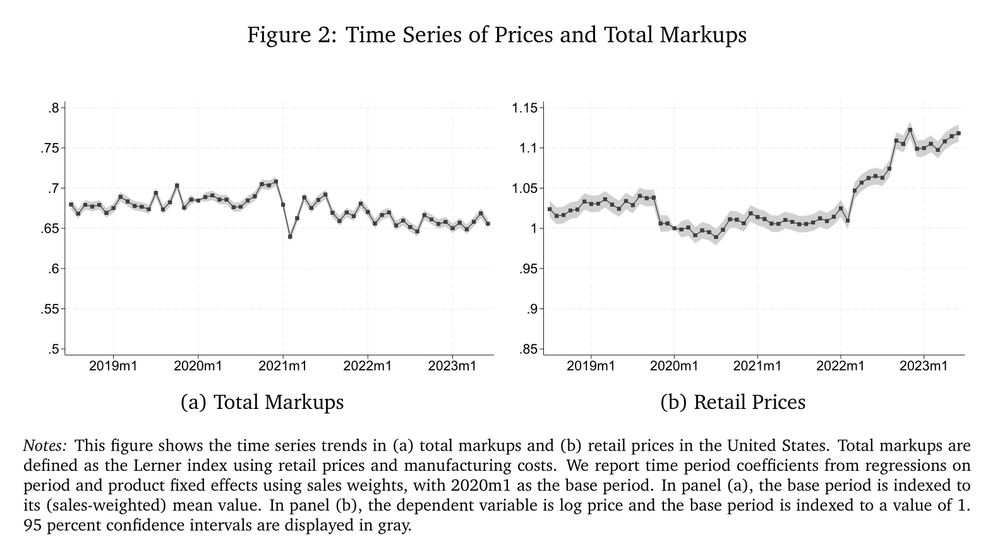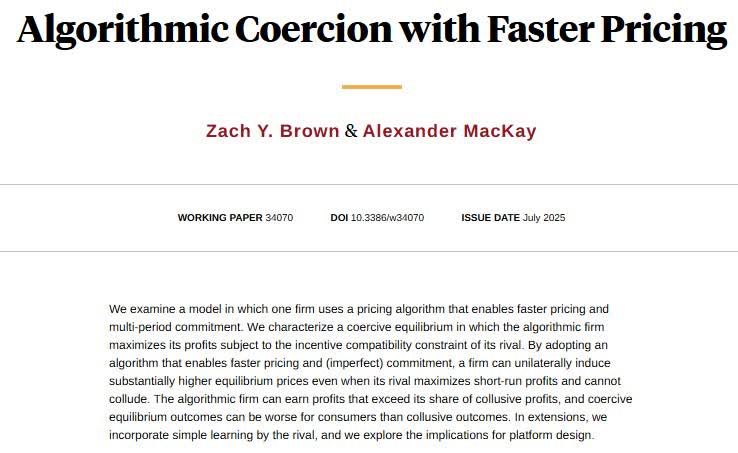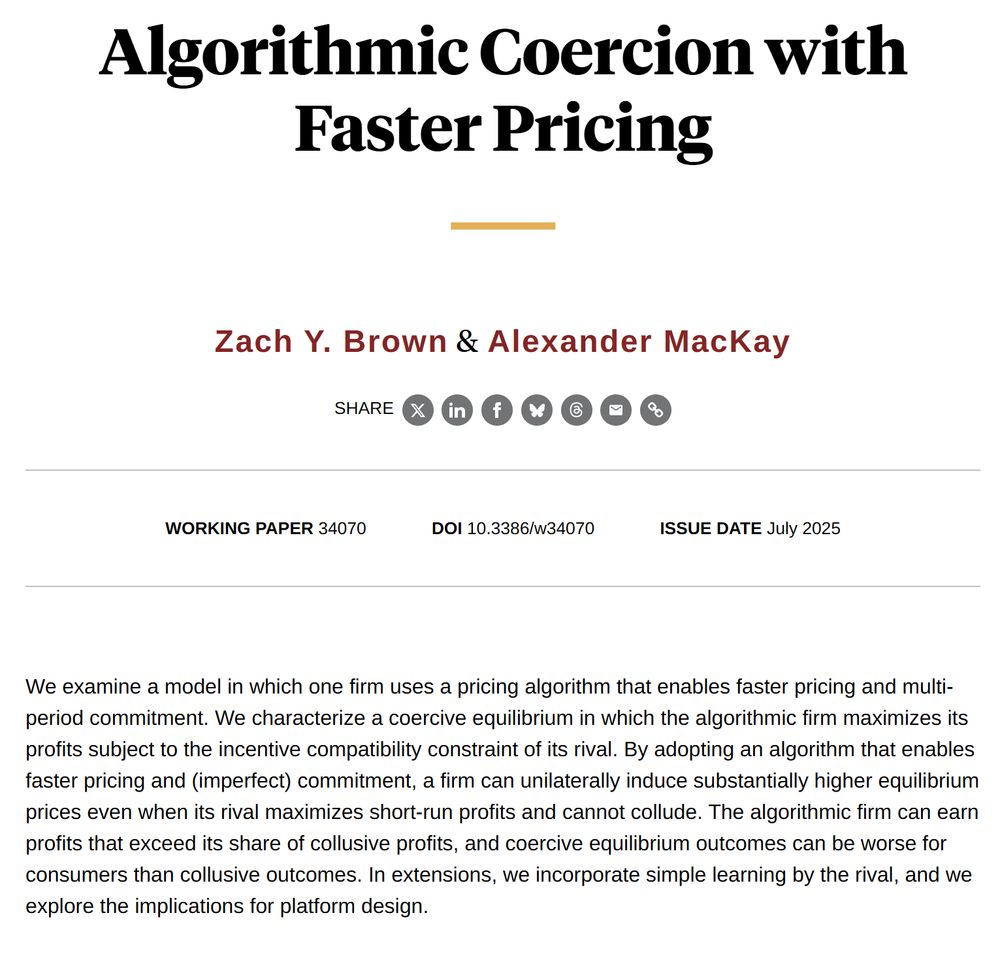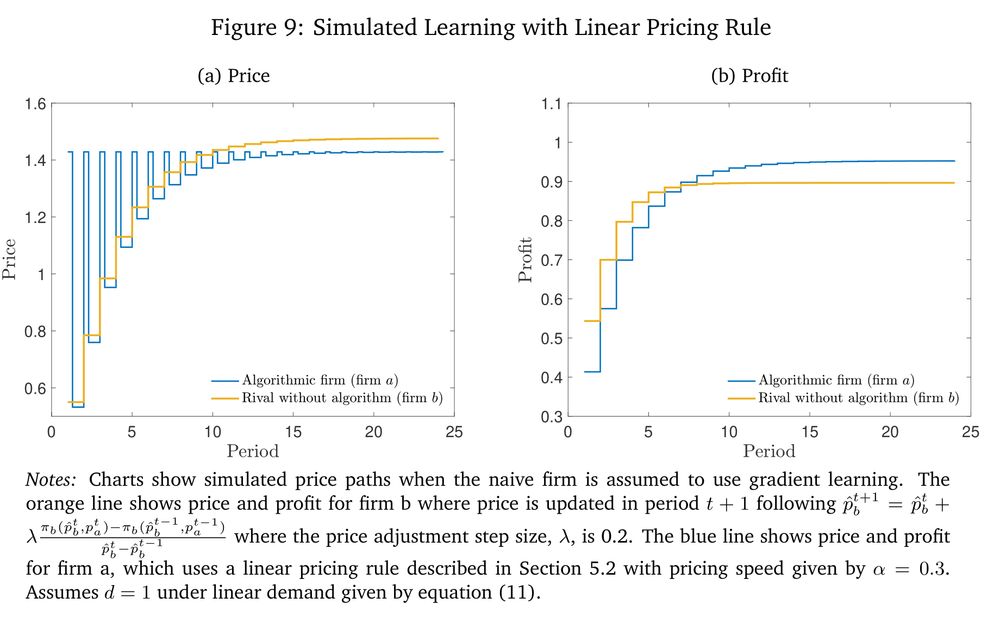Alex MacKay
@amackay.bsky.social
800 followers
190 following
47 posts
Economist and professor at the University of Virginia.
www.alexandermackay.org
Posts
Media
Videos
Starter Packs
Alex MacKay
@amackay.bsky.social
· Aug 19
Alex MacKay
@amackay.bsky.social
· Aug 19
Alex MacKay
@amackay.bsky.social
· Aug 19
Alex MacKay
@amackay.bsky.social
· Aug 19
Alex MacKay
@amackay.bsky.social
· Aug 19
Alex MacKay
@amackay.bsky.social
· Aug 11

Markups and Cost Pass-through Along the Supply Chain
Founded in 1920, the NBER is a private, non-profit, non-partisan organization dedicated to conducting economic research and to disseminating research findings among academics, public policy makers, an...
nber.org
Alex MacKay
@amackay.bsky.social
· Aug 11
Alex MacKay
@amackay.bsky.social
· Aug 11
Alex MacKay
@amackay.bsky.social
· May 28
Alex MacKay
@amackay.bsky.social
· May 27
Alex MacKay
@amackay.bsky.social
· May 27
Alex MacKay
@amackay.bsky.social
· May 27










